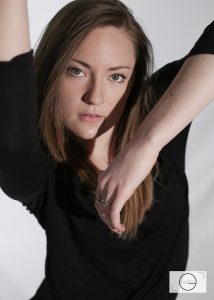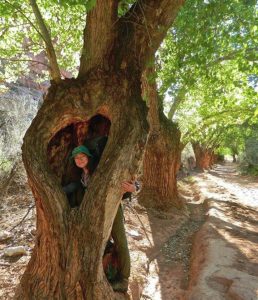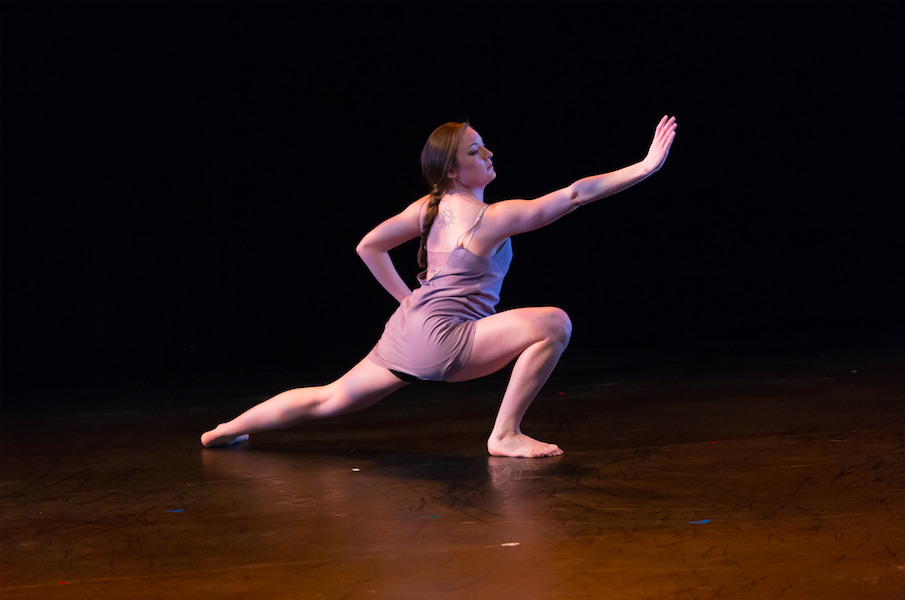

This is the second installment in the “Arts Activism in Action” feature, a series of interviews showcasing individual company members’ commitments to social justice issues as dance artists. In the wake of Loyola’s Climate Change Conference, we spoke with senior choreographer and speaker Phoebe Coakley about her passion for environmental justice.
1. What are your identities? How do they intersect with your identity as a dancer?
“Senior, dance major, environmental science minor. I think my identities also include experiences I have had and navigated through intersect with my identity as a dancer. Bringing past experiences into my dancing allows me to investigate and research my movement on a deeper level. Who I am as a dancer entirely reflects who I am as a person, and I think this is a way to connect with an audience and influence communication through movement.”
2. Are there any social justice movements you strongly identify with in addition to environmental justice?
“Environmental justice is a primary passion of mine. I do a lot of research on the subject in order to try to generate new, creative ideas to inspire change. I am an advocate for women’s rights, and believe every women has more worth and value than she is given. Women are a powerful force, and I believe in building each other up in order to value each other’s incredible capabilities.”
3. How does your particular passion for environmental justice manifest in your dancing? Has it shaped or changed the way you think about dance?
“Nature is an incredible source for inspiration. I am constantly looking to nature to creatively sort out ideas, thoughts, or emotions. When I am feeling stuck or uninspired, I know it’s time for me to take a trip out of the city and immerse my entire being into the unharmed, natural parts of the earth. This transfers over into my dancing in the studio as I am learning and creating. I feel more grounded and focused when I bring my experiences in nature to my creative process. This allows me to create more of a dialogue through movement.”
4. What is something that others might not know about climate change and the fight for environmental justice?
“I think others know a lot about the environment, climate change, sustainability, etc. It is what we do with that information that is meaningful. We know our earth is in critical condition, and is being destroyed every second of every day. Our human hands have initiated this, and continue to allow the situation to go on as it is. The idea of the human hand is what inspired my piece I choreographed for the Climate Change Conference, as well as to be performed at ACDA and the Undergraduate Research Symposium. I have named the piece “All That it Holds” because the human hand holds more responsibility than we like to acknowledge. It is important for us to work together, and fight for the conservation of our planet.”
5. Looking to the future, where do you see your desire to create social change taking you as an artist?
“As an artist and an activist, I feel obligated to work toward creating social change through movement because that is the one way I know how to speak clearly to a broad level of humankind. Dance is a mutual language, and if I reach at least one person through this powerful art then I know I am making an impact. In future projects, I hope to continue my research on creating change, specifically environmental, through dance.”
Featured image: “Tellurian” by Alice Klock; Photo by Lisa Green
Article photos courtesy of Phoebe Coakley
